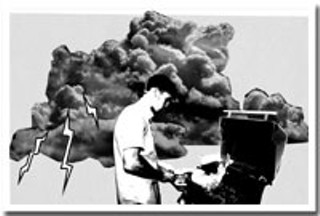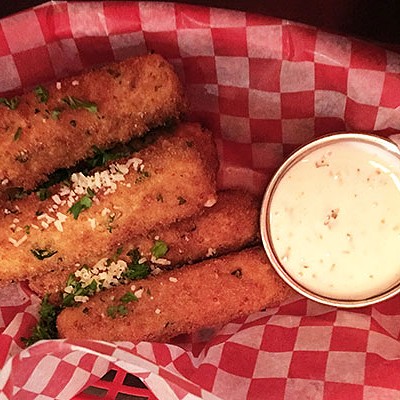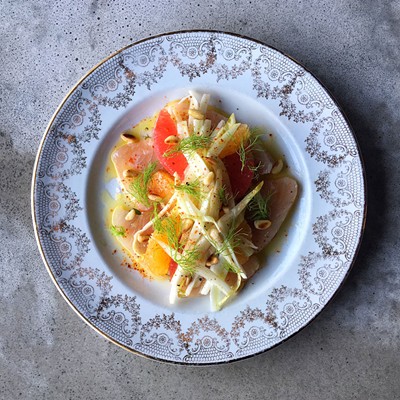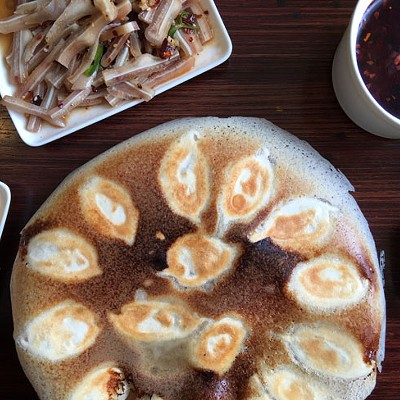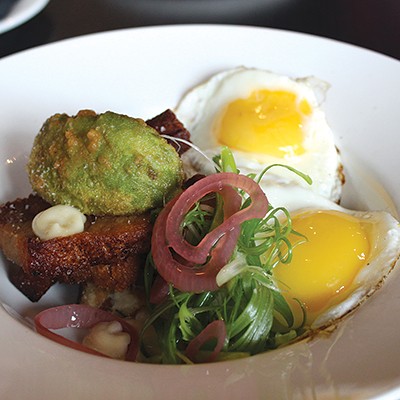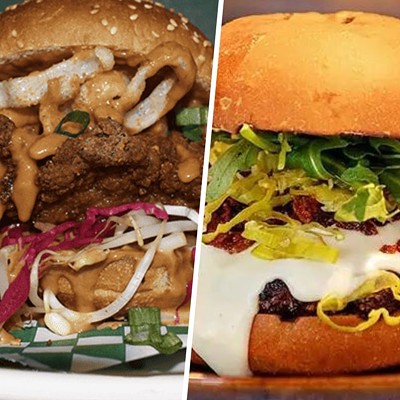We watch our southern neighbours get pummeled by the likes of Rita and Katrina with new empathy, new understanding and a new respect for the force of these storms that we once thought could not happen here. Juan did not come ashore two years ago with the same fury as these girls did, but essential services were affected and one thing that we take for granted was taken from us, in some cases, for weeks—electricity.
In a town where propane-powered ovens are generally only found in restaurants, and the long awaited gas line for homes has never materialized, we rely on electricity to cook almost everything.
In the aftermath of Juan, the days were warm and sunny and those of us with barbecues made out OK. Barbecues are the safest, most common way to cook without electricity; there’s no worry about vent hoods because we’re outside, and most of us know the rules of food safety on the barbie (no pink hamburgers!).
And barbecue food doesn’t have to be burgers and steaks. You can use the grill to boil pots of water for pasta and rice, use food-safe wood planks for planked salmon and other fish, and heat cast iron frying pans for bacon and eggs. Some things are great wrapped in foil packets and steamed—try baby new potatoes and carrots, or shrimp and scallops. Post-Juan, I cooked Moroccan chicken and couscous on the barbecue, a break from pork chops and hamburgers. A camp stove or Coleman stove also works well, and you can buy an adaptor so that you can use the bigger barbecue propane tank if you’re going to be cooking a lot.
If you don’t have a barbecue, or anywhere to put even a small Hibachi or other tabletop grill, invest in a butane burner. These single element burners, designed for indoor use, cost about $40 and are available at kitchen supply stores and some hardware stores like Canadian Tire. They’re versatile and easy to use, cooking food just like your regular stovetop. Just make sure you have a couple of spare fuel cartridges on hand.
If you think the power might go out and you don’t have access to any of these things, keep a stash of food on hand that doesn’t require heating. Deli meat and canned tuna or salmon for sandwiches, canned goods that taste fine cold like cocktail weenies and SpaghettiOs (hey, just because it gives heating instructions on the can doesn’t mean it must be heated), bread and peanut butter, and, of course, bottled water and juices.
Whatever you do in a lights-out situation, don’t take chances with your food. Stuff in your freezer will stay frozen a lot longer if your freezer, whatever size, is full and you keep the door shut. If something does thaw, prepare it for consumption and eat it. If you don’t have a way to cook ground beef or chicken, it should be tossed; as painful as it is to waste food, it’ll be a lot more painful if you contract food poisoning.
Follow the advice of food safety experts. Salmonella, E. coli and other food-borne illnesses are present long before you can smell or see anything wrong, and getting yourself a dose of food poisoning will make a lack of electricity the least of your worries. If you truly want to get prepared, there’s lots of useful information out there, including the provincial government website, which has a lot of specifics on food safety during power outages (www.gov.ns.ca/emo). Just don’t wait until the power goes out to try and check it out.
Find Liz Feltham online at: www.foodcritic.ca

